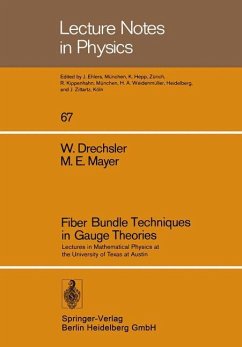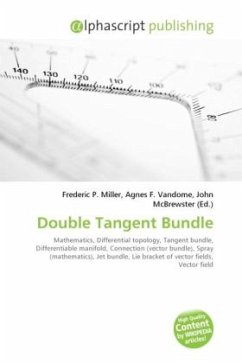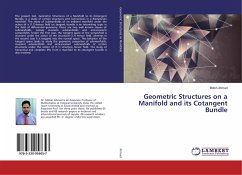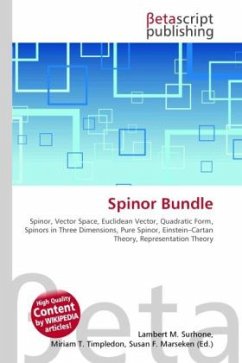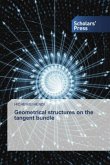High Quality Content by WIKIPEDIA articles! In mathematics, and particularly topology, a fiber bundle (or fibre bundle) is intuitively a space E which locally "looks" like a product space B × F, but globally may have a different topological structure. Specifically, the similarity between the fiber bundle E and a product space B × F is defined using a continuous surjective map pi : E to B that in small regions of E behaves just like a projection from corresponding regions of B × F to B. The map , called the projection or submersion of the bundle, is regarded as part of the structure of the bundle. The space E is known as the total space of the fiber bundle, B as the base space, and F the fiber. In the trivial case, E is just B × F, and the map is just the projection from the product space to the first factor. This is called a trivial bundle. Examples of non-trivial fiber bundles, that is, bundles twisted in the large, include the Möbius strip and Klein bottle, as well as nontrivial covering spaces. Fiber bundles such as the tangent bundle of a manifold and more general vector bundles play an important role in differential geometry and differential topology, as do principal bundles.
Bitte wählen Sie Ihr Anliegen aus.
Rechnungen
Retourenschein anfordern
Bestellstatus
Storno


